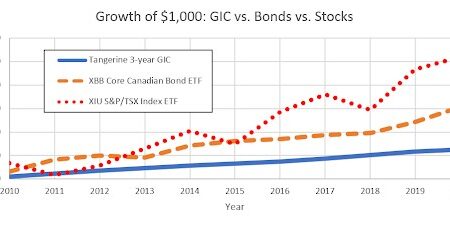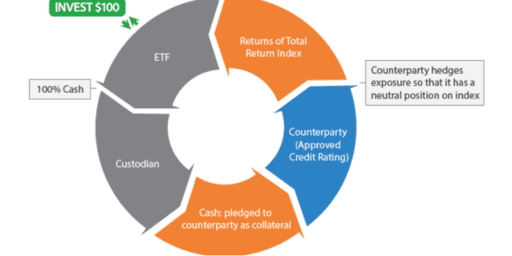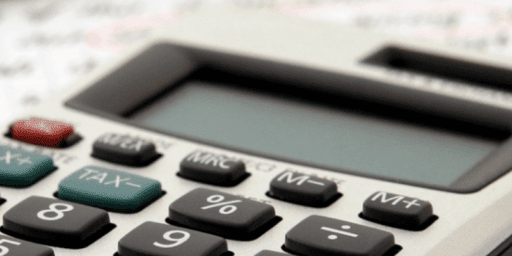Financial Freedom Update – March 2016
Welcome to the Million Dollar Journey March 2016 Financial Freedom Update. For those of you new here, since achieving $1M in net worth in June 2014 (age 35), I have shifted my focus to achieving financial independence. How? I plan on building my passive income sources to the point where they are enough to cover our family expenses. All within the next 5 years. If you would like to follow my journey, you can get my updates sent directly to your email, via twitter (where I have been more active lately) and/or you can sign up for the Money Tips Newsletter.
In my first couple Financial Freedom updates, I talked about what life has been like since becoming a millionaire, why I like passive income, and our family financial goals going forward.
Here is a summary:
Financial Goals
Our current annual recurring expenses are in the $50-$52k range, but that’s without vacation costs. However, while travel is important to us, it is something that we consider discretionary (and frankly, a luxury). If money became tight, we could cut vacation for the year. In light of this, our ultimate goal for passive income to be have enough to cover recurring expenses, and for business (or other active) income to cover luxuries such as travel, savings for a new car, and simply extra cash flow.
Major Financial Goal: To generate $60,000/year in passive income by end of year 2020 (age 41).
Reaching this goal would mean that my family could live comfortably without relying on full time salaries. I would have the choice to leave full time work and allow me to focus my efforts on other interests, hobbies, and other capitalistic pursuits.
Current Financial Numbers
So now that I’ve declared my financial goal, where do I stand now? Here are the annual dividends generated by account:
Total Dividends: $16,873.51/year
Account Dividends/year SM Portfolio $5,475.27 TFSA 1 $1,444.00 TFSA 2 $1,858.50 Non-Registered $672 Corporate Portfolio $3,669.10 RRSP 1 $3,464.69 RRSP 2 $289.95
Since December, we haven’t had a lot of changes to our financial situation – it’s been slow and steady. We are still living off my government salary, so we are particularly paying attention to our spending. Perhaps that’s an idea for a future post, and update on our spending during 2015. Mrs. FT has since volunteered and substituted in a private pre-school and seems to be enjoying it thus far. In fact, she’s enjoying it much more than her health profession. So you never know, when her leave comes due at the end of the summer, a career change may be in the works.
As dividends are the main focus of my passive income pursuit, there is a large dependence on the market. While there are merits to this investment strategy, there are also substantial risks – particularly dividend cuts. The goal of the strategy is to pick strong companies with a long track record of dividend increases. However, even with the best of intentions, with the current extended oil correction, my energy positions have continued to experience dividend cuts. With prolonged low oil prices, energy based dividend stocks have taken a hit. With significant exposure to the energy market, it hasn’t been pretty.
To start, my leveraged Smith Manoeuvre dividend portfolio has again seen a significant drop in dividend income quarter over quarter ($5,475 annually -> $5,224 annually). This is due to dividend cuts in a number of resource names . While these are companies of decent quality, prior to their dividend cuts, they did not have a history of dividend increases.
On the bright side, even with the decreased dividend income in some of our accounts, it hasn’t been all bad. The good news is that I’ve continued to deploy some of that corporate cash into dividend stocks which has resulted in an overall gain in dividend income quarter over quarter ($3,669 annually -> $4,800 annually) . With oil in the low 40’s and other resource/materials companies hurting, I am watching the best names and waiting to deploy more capital. If you are also interested in the dividend growth strategy, here are the Canadian dividend stocks with the longest history of dividend increases. With this list, you’ll get a general idea of the names that I’ve been adding to my corporate account.
We still have a long way to go, but we are, for the most part, moving in the right direction. I hope to cross the $20,000 annual dividend income this year. I have a substantial amount of cash to deploy in both my “non-registered” account and in my corporate portfolio. You may notice that RRSP 2 is also fairly minimal in dividends, that’s because that is my wife’s RRSP, and it is 100% indexed.
| Account | Dividends/year |
| SM Portfolio | $5,224.87 |
| TFSA 1 | $1,505.00 |
| TFSA 2 | $1,899.50 |
| Non-Registered | $406 |
| Corporate Portfolio | $4,800.10 |
| RRSP 1 | $3,484.69 |
| RRSP 2 | $310.95 |
Total Dividends: $17,631.11/year
I've Completed My Million Dollar Journey. Let Me Guide You Through Yours!
Sign up below to get a copy of our free eBook: Can I Retire Yet?










I appreciate your updates FT. I’m in a similar position, so it’s nice to see what other people are doing at a similar stage financially.
Hi DavidV, good to hear from a reader that has been around since the beginning! What is your strategy for financial freedom?
Always an impressive and motivational post when you share your passive income financial updates. Keep up the good work.
Thanks for the kind feedback!
Great update. “I have a substantial amount of cash to deploy in both my “non-registered” account and in my corporate portfolio.” I’d be curious to know how and when you will deploy it! :)
The inspiration continues FT.
Mark
Hi Mark, thanks for stopping by. I’ve been deploying quite a bit of cash this past year, but still have some work to do!
Keep up the good work.
Would also be nice to see the net worth over time graph.
I know it’s not your primary goal, but it’s important.
Most importantly is investments over time. Should be captured in a graph.
If you’re fixed on having your income from dividends then, of course, dividends/year.
I totally agree with Billy’s comment above, it would be very helpful to know how much capital is invested into those accounts and when you add new positions or capital to better understand how much capital is required to generate that annual dividend.
perhaps showing the book value, the market value and the dividends per year?
Good ideas guys. I will include more detail in my next update.
Hi FT
Love your blog and have learnt so much from it over the years.
To make this a better apples to apples comparison, it would be an asset to know how much you have invested to make the amount of dividends above. At this point the readers have no idea if you are making 1% annually or 25%.
Thanks
Billy
Hi FT!
Greetings from Singapore.
We apparently are of the same age. :)
I have the same goal as you ie to generate enough passive income via dividends to cover my family’s expenditure.
You could probably consider investing in Singapore REITs since the yields are easily > 6%.
The index fund for Singapore market ie STI ETF easily yields 3.5% too.